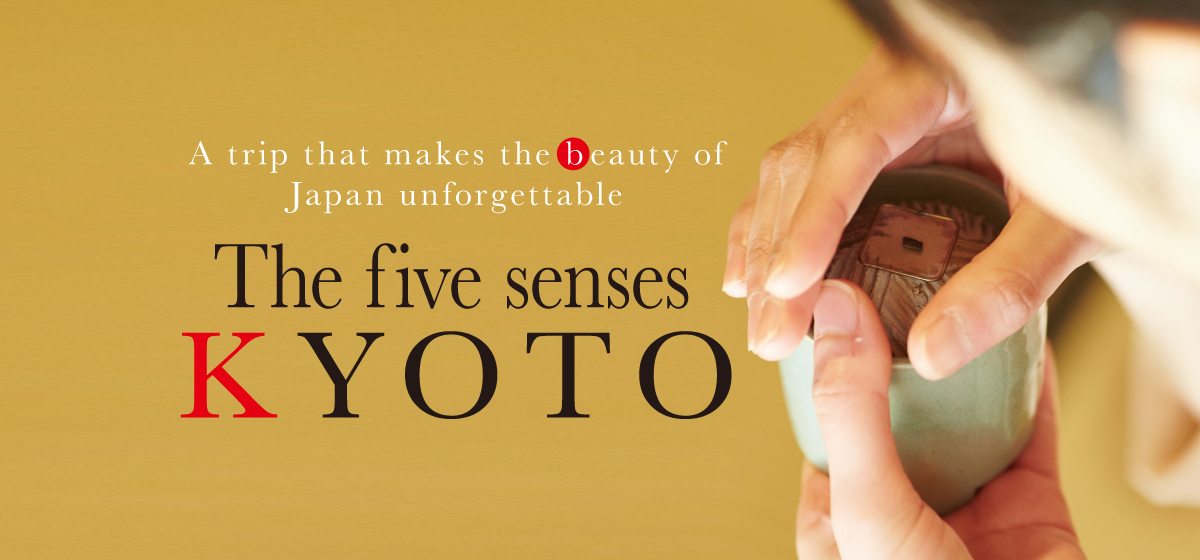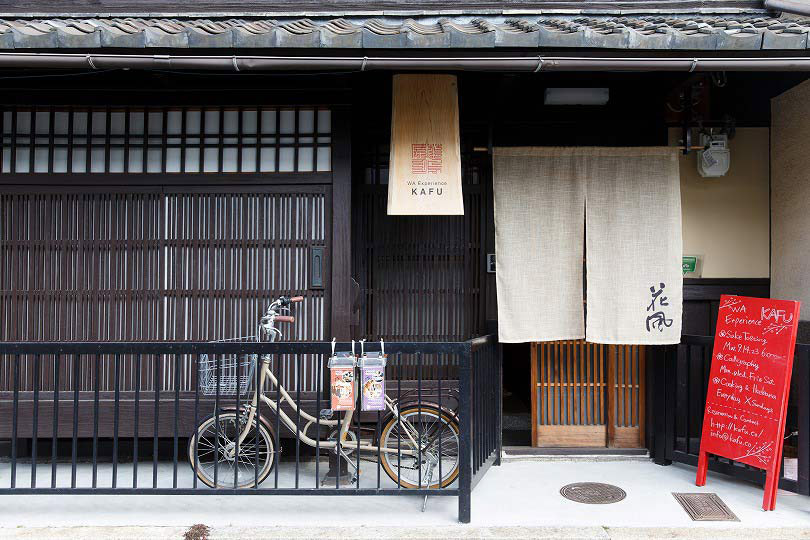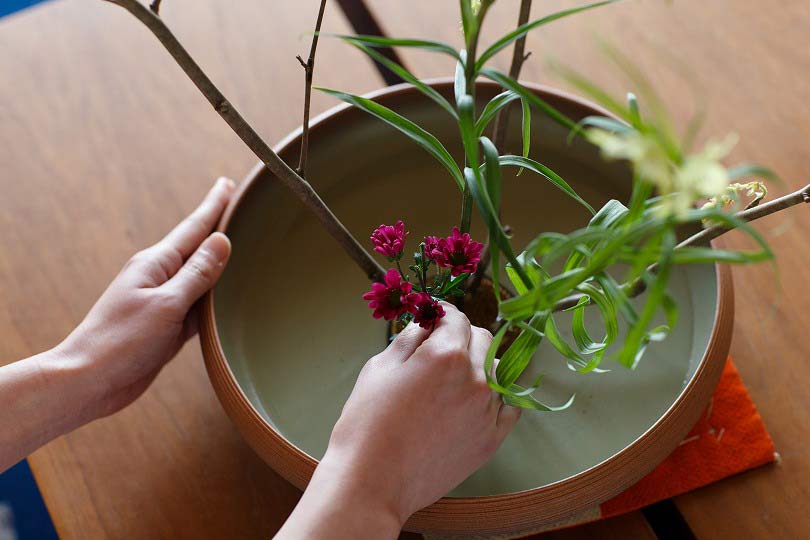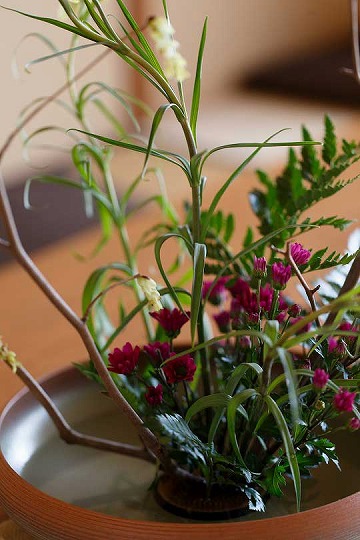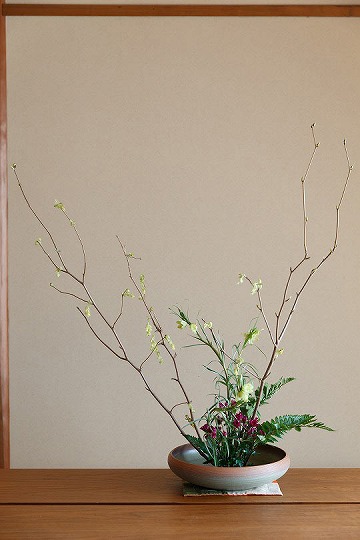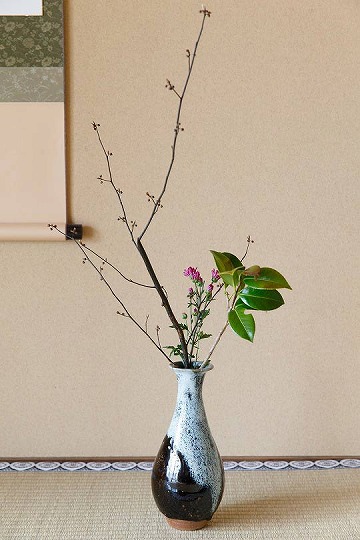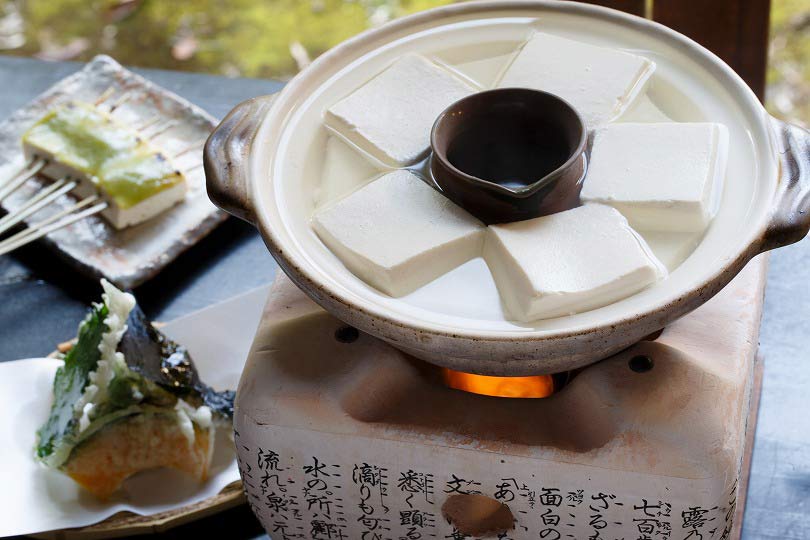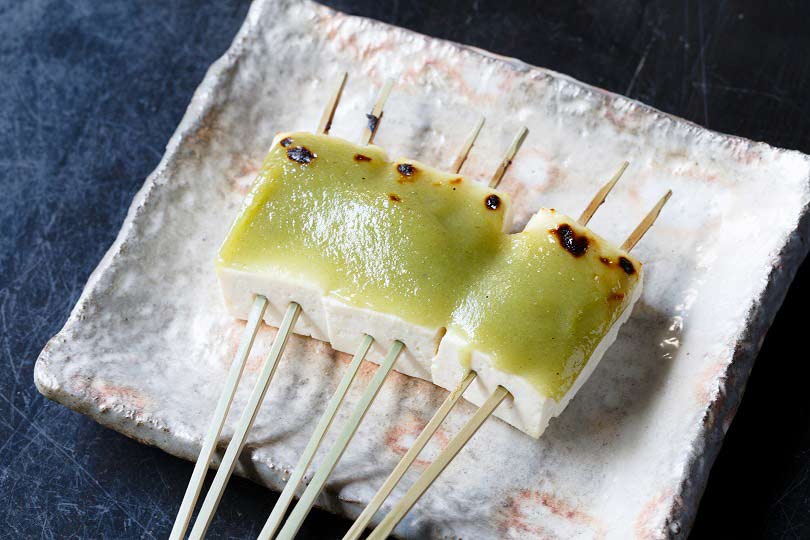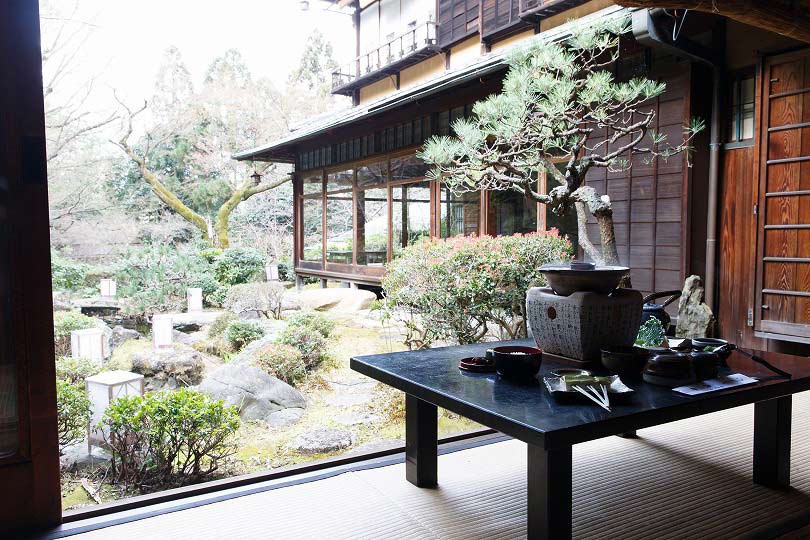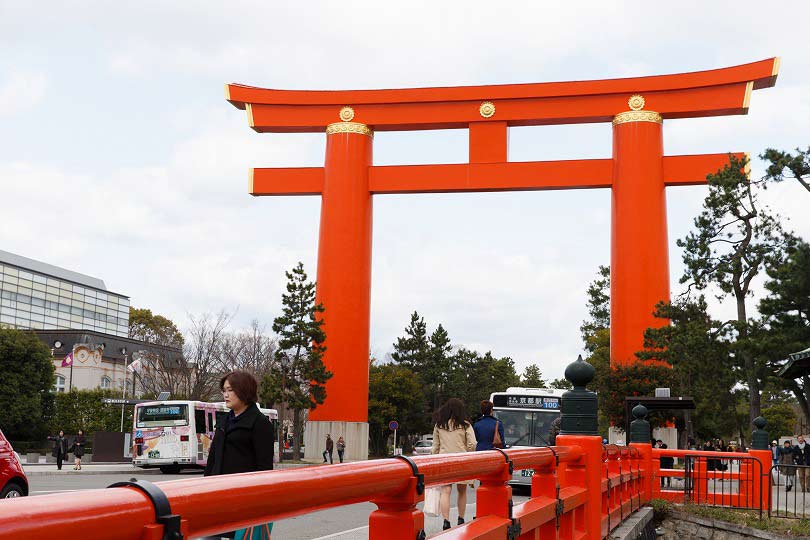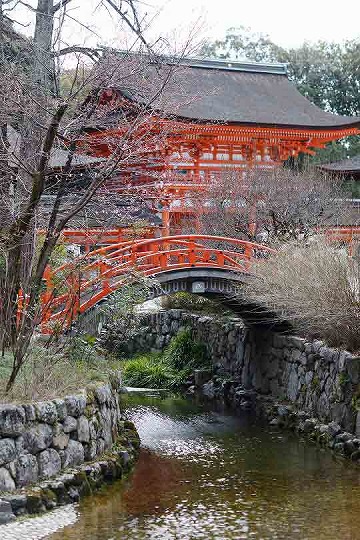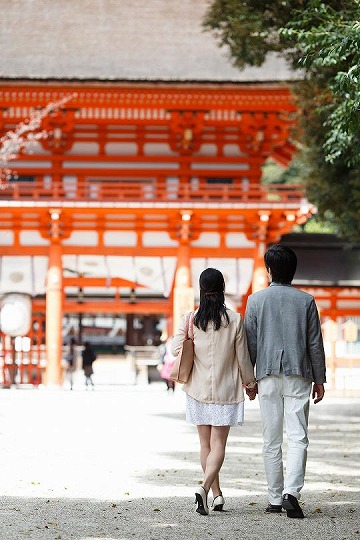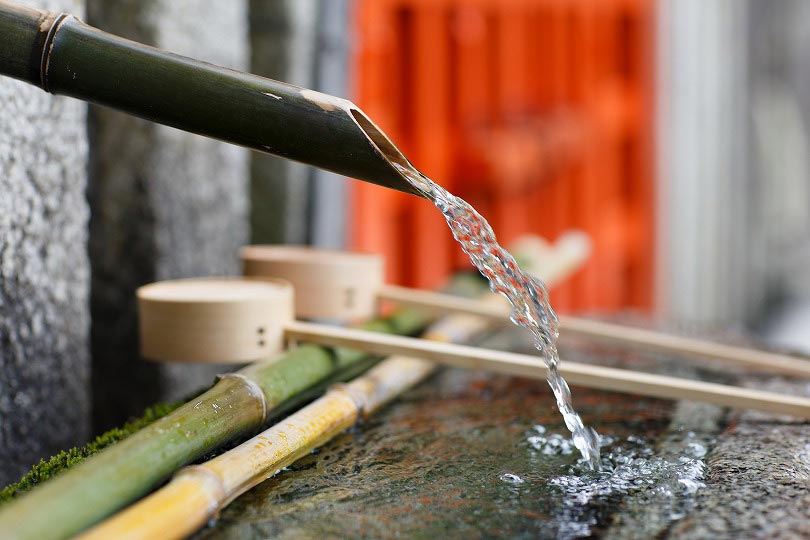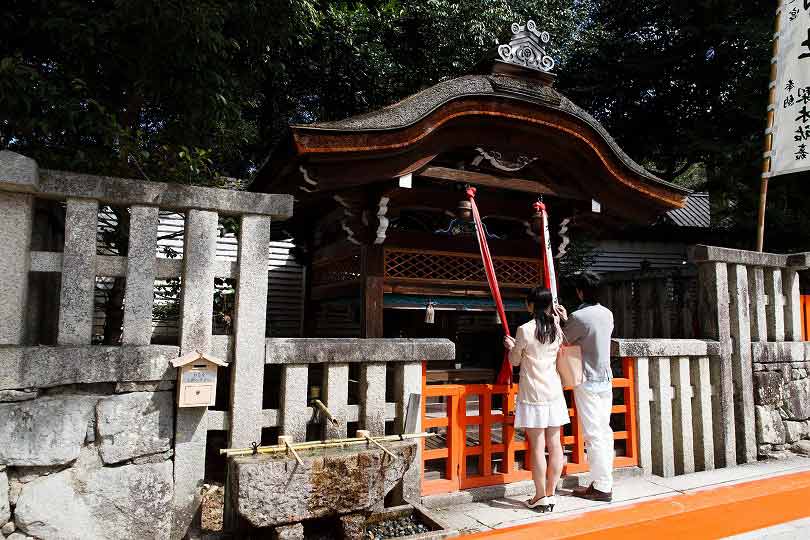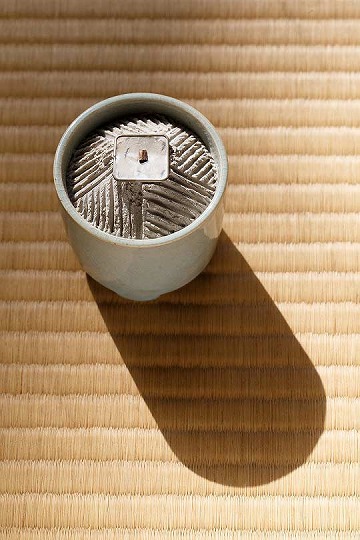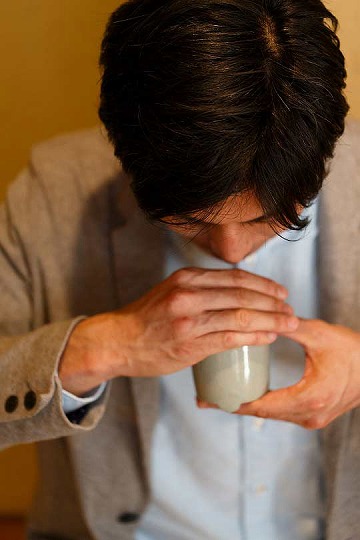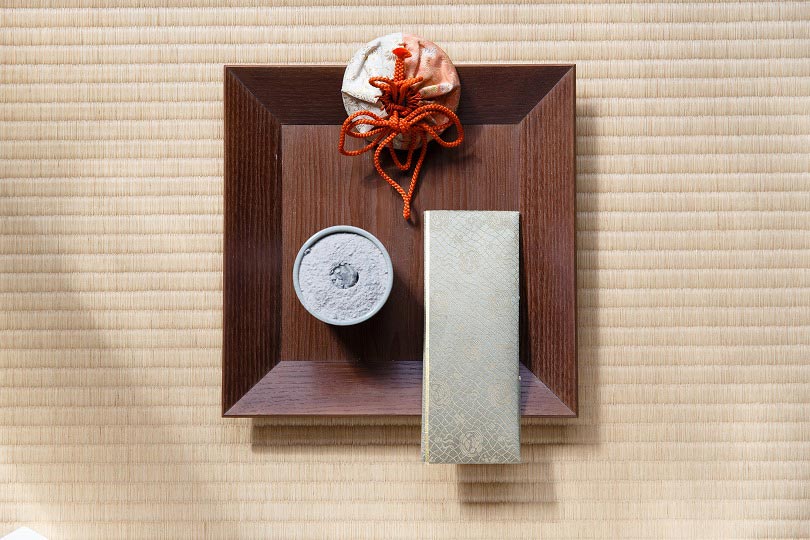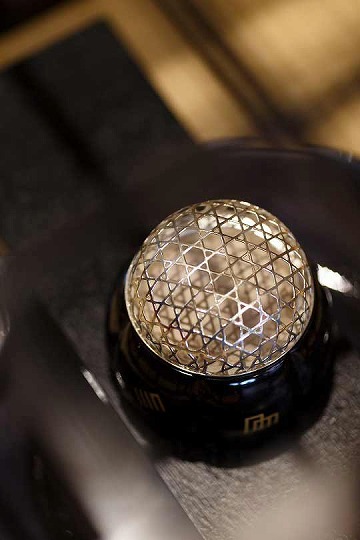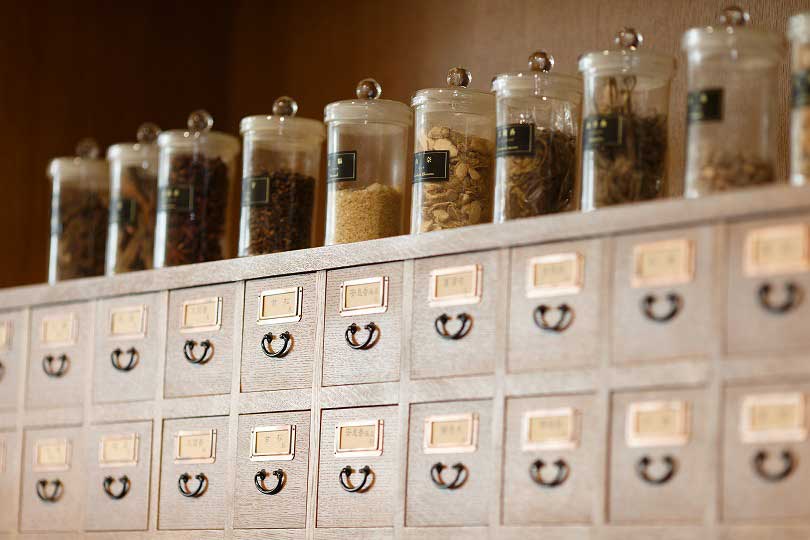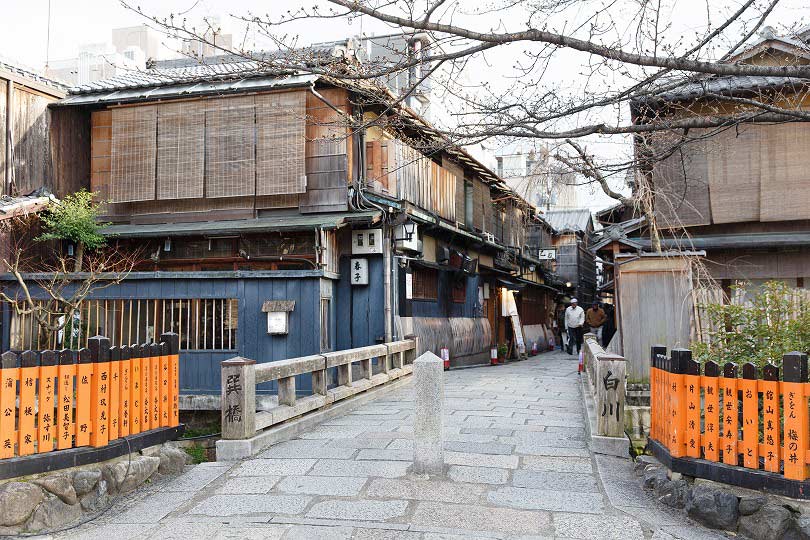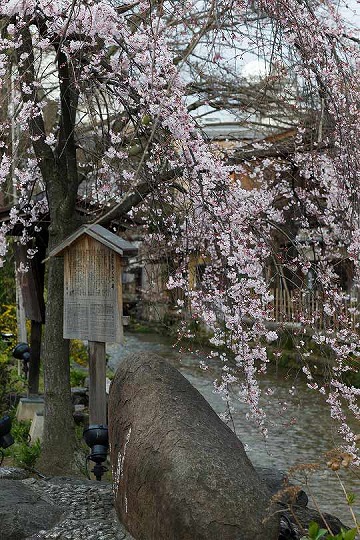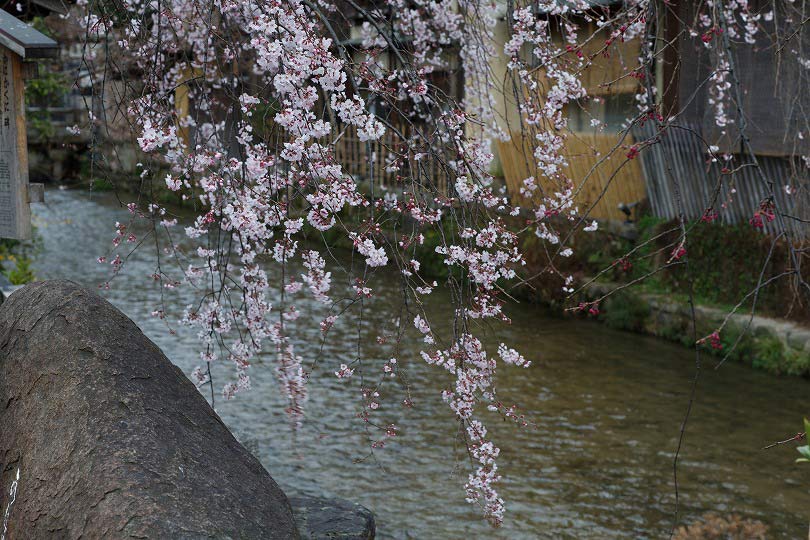The five senses KYOTO
A trip that makes the beauty of Japan unforgettable
Memories are often associated with the physical senses; smells, for example, can remind us of the past. Kyoto, the world’s most popular visitor destination,* is full of traditional Japanese culture, such as temples, shrines, Japanese cuisine, flower arrangement, and traditional wooden townhouses. Use your five senses to explore this fascinating city.
*"World's Best City" for 2014–2015 as published by leading U.S. travel magazine Travel + Leisure
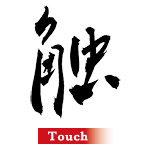
Touch flowers,feel the universe
Kado, the art of flower arrangement, has a history of over 600 years. This art form makes seasonal flowers, leaves and branches aesthetically pleasing while respecting the lives of the plants. The arrangements inspire thoughts about nature and the seasons. Fresh-looking flowers suggest vitality, spaces suggest breezes, and insect-eaten leaves inspire thoughts on coexistence. Individuals freely clip the flower stems and branches, and arrange them to reflect their own personality. We found that touching and handling flowers and leaves had a relaxing effect.
KAFU Flower Arrangement Shop
Established in an 80-year-old machiya (traditional wooden townhouse) in Kyoto's Higashiyama ward, KAFU runs programs in English for international visitors to experience Japanese arts like traditional home cooking, flower arrangement, tea ceremonies, calligraphy, and sake tasting.
http://kafu.co/
Ikebana lesson:Hands-on course (75-90min)
5,000JPY/person,
Demonstration course (30-45min)
3,000 JPY/person
Click to locate KAFU
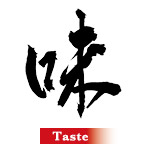
Savor yudofu cooked in a broth made from a secret recipe
Washoku, or traditional Japanese cuisine, is currently taking the world by storm. An especially popular ingredient is tofu.
Yudofu (tofu hot pot) is highly recommended for enjoying the intrinsic taste of tofu. Yudofu has long been popular in Kyoto, a city long renowned for its quality drinking water and Buddhist temples. The yudofu restaurant we visited makes tofu every morning.
The freshly-made tofu is cooked in a clay pot. The broth (dashi) is made from a secret recipe in this restaurant-kept for generations.
The tofu has a soft, smooth texture, and the natural flavor and sweetness of soybeans. It brings you warm delight. And diners can also enjoy the nearby garden and brook, as well as cherry blossoms in springtime.
Sohonke Yudofu Okutan Kiyomizu Restaurant
Established in 1635, Okutan is reputedly Japan's oldest yudofu (tofu hot pot) restaurant. Their set menu features their specialty, Mukashidofu (lit. old-fashioned tofu), handmade every morning on the premises. The tables have good views of the restaurant's garden and its seasonal beauty.
http://www.tofuokutan.info/
Set menu 3,240 JPY/person
Click to locate Sohonke Yudofu Okutan Kiyomizu

Experience awe-inspiring sacred trees
Shimogamo-jinja Shrine (officially Kamomioya Jinja) is one of Kyoto's major shrines. It is located within a 124,000 m2 forest named Tadasu no Mori. The forest retains vegetation dating from around the 3rd century BCE. Some of the trees are between 200 to 600 years old. Particularly eye-catching are the huge trees hung with shimenawa, or ceremonial ropes. They symbolize this forest, which is regarded as a place where gods rest. The two-storied gate to the shrine is painted a bright orange. Within the gate are the shrine buildings, conveying the serenity and elegance of Kokufu culture, which rose to prominence some 1,000 years ago.
Kamomioya Jinja(Shimogamo-jinja Shrine)
One of Kyoto's oldest Shinto shrines. In 1868, it became the head of all the major imperial shrines and has been a World Heritage Site since 1994.
http://www.shimogamo-jinja.or.jp/english.html
Admission to the Oidono building costs 500 JPY per adult
Click to locate Kamomioya Jinja(Shimogamo-jinja Shrine)

Appreciate the gentle scent of fragrant wood
Kodo (incense ceremony) refers to the art of admiring the fragrances of burned incense woods. The practice, which evolved together with many other cultural traditions as an aid to deepening the spirit, was established as an art form in Japan around 500 years ago. Kodo started to evolve after incenses were introduced to Japan along with Buddhism, and after a piece of fragrant resinous wood was found washed ashore some 1,400 years ago. Like they were back then, incense woods used in Japan today are imported from other Asian countries. Kodo uses the word "listen" to describe the act of smelling a fragrance, which is considered a dialog with the fragrance. The act of "listening" to the fragrances of incense woods like jinko (agarwood) and kyara (another type of agarwood) burned in incense burners is referred to as monko, which literally means, "listening to a fragrance," a terminology reflecting a uniquely Japanese sensibility. Incense woods typically give off mellow, deep smells that are very slightly different from wood to wood. We found the remarkable sensibilities of Japanese predecessors, who managed to establish such subtle differences into an art form, quite amazing.
Yamada-Matsu Kobokuten Pharmacy
Yamada-Matsu, located near Kyoto Imperial Palace, is a traditional pharmacy specializing in crude drugs, especially incense woods. The shop produces incense and fragrance products made primarily from natural materials.
http://www.yamadamatsu.co.jp/en/
Mini monko session (approx. 45 minutes)
1,500 JPY/person
Click to locate Yamada-Matsu Kobokuten

Enjoy the sounds of river water and willows swaying in the wind
In the early evening we headed to Gion, one of Kyoto's best-known entertainment districts. The area of Gion around Tatsumi Bridge is especially picturesque, with neat rows of machiya (traditional wooden townhouses). We took a walk down the stone-paved streets, and lingered to admire how everything seemed to harmonize so well. A gateway to the past, Kyoto showed us it still has many sights of time-honored cultural traditions. We want to come back, over and over again.
Tatsumi Bridge
The bridge spans the Shirakawa River in Gion, Kyoto's entertainment district. The attractive townscape, consisting of rows of well-kept wooden townhouses, is listed for preservation by the national government.
Click to locate Tatsumi Bridge
Tags : TRAVEL


